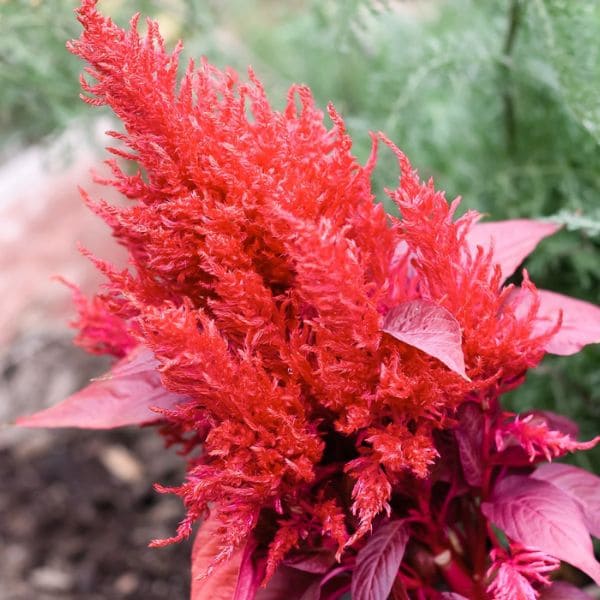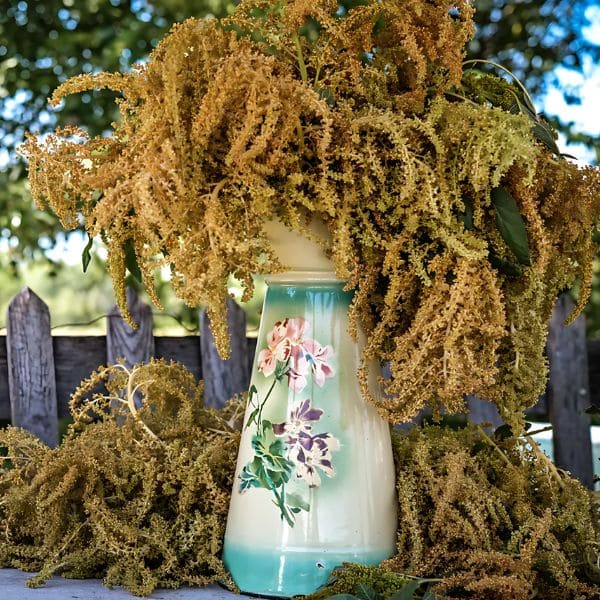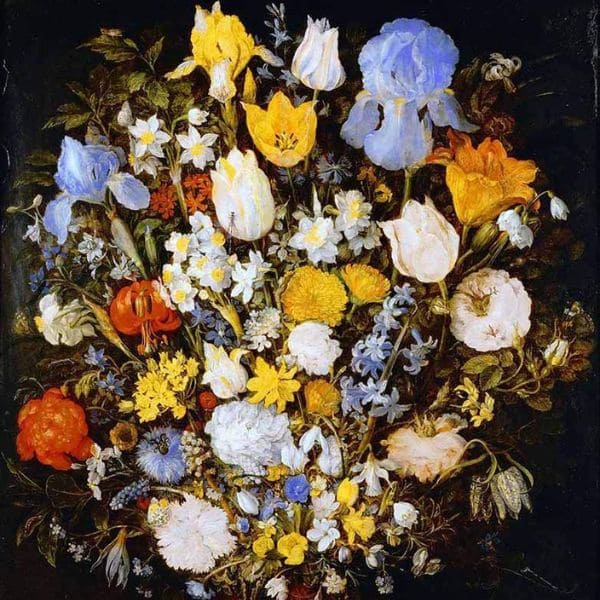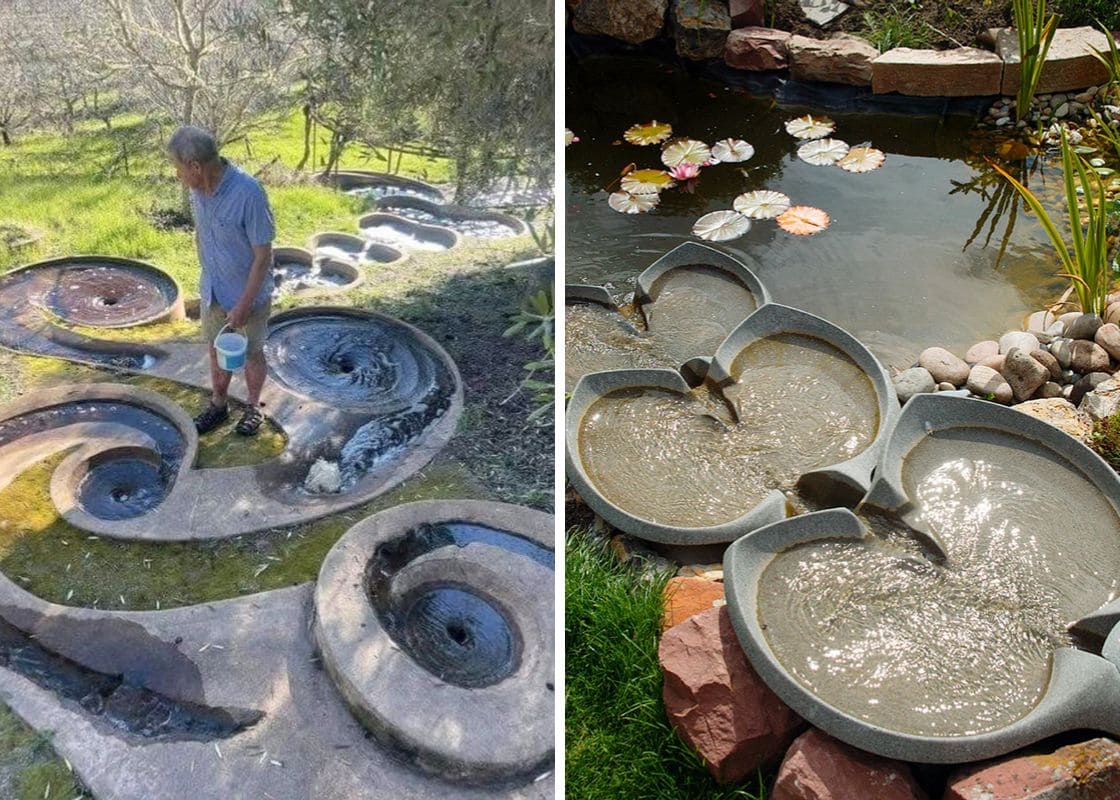Have you ever seen a bride carrying a bouquet that includes the striking Amaranth flowers? These vibrant blooms with their rich reds, purples, and golds often steal the spotlight.
Before, I often knew amaranth with culinary uses. But in reality, these flowers carry profound meanings that add depth to their beauty.
Summary:
- Amaranth flowers symbolize immortality and unfading love with deep historical and cultural roots.
- The vibrant colors of Amaranth flowers carry unique meanings, making them suitable for various occasions like weddings and celebrations.
- Amaranth flowers appear in literature and art symbolizing eternal beauty and life.
- Amaranth is traditionally used in herbal medicine including digestive health and cholesterol reduction.
General Symbolism of Amaranth Flowers
The name “Amaranth” is derived from the Greek word “amarantos,” meaning “unfading” or “immortal,” reflecting its enduring nature.
This etymology perfectly encapsulates the essence of Amaranth flowers, symbolizing immortality and unfading love.
It serves as a powerful reminder that true love and genuine beauty can withstand the challenges of time, just like the unfading petals of the Amaranth flower.

Color Meaning of Amaranth Flowers
The deep red amaranth is often associated with love and passion. Its rich, intense color makes it perfect for romantic occasions, such as anniversaries or Valentine’s Day, symbolizing deep, enduring affection.

Purple amaranth, on the other hand, is linked to nobility and wisdom. This regal color is ideal for more formal events or to honor someone with great respect and admiration.
It’s a fitting choice for graduation ceremonies or to celebrate a mentor or teacher, representing wisdom and dignity.

Then there’s the golden Amaranth, a symbol of wealth, prosperity, and success. The bright, sunny hue of gold brings a sense of celebration and joy.
Therefore, it is a wonderful choice for festive occasions like weddings or milestone birthdays, where it can represent a bright future and abundant happiness.

Historical and Cultural Meaning of Amaranth Flowers
Historical Meaning
In ancient cultures, the Aztecs valued Amaranth so highly that it was used in religious ceremonies and rituals. They believed it had supernatural powers and often included it in offerings to their gods.

Cultural Meaning
In Greek mythology, the amaranth was considered a symbol of immortality, often associated with the gods and eternal life.
It was believed to possess unfading qualities, much like the gods themselves, and was often used in garlands to honor heroes and deities.
Amaranth Flowers Meaning in Literature and Art
In Literature

Poets and writers have long celebrated these blooms for their symbolic richness.
In John Milton’s “Paradise Lost,” the Amaranth is described as an immortal flower in the Garden of Eden:
“Immortal Amarant, a flower which once.
In Paradise, fast by the tree of life
Began to bloom; but soon for man’s offence
To heaven removed.”
In Art
Amaranth flowers appear in various Renaissance paintings, symbolizing purity and immortality.
Artists like Jan Brueghel the Elder often included them in still life paintings to convey themes of eternal beauty and everlasting life.

Medicinal Uses of Amaranth Flowers
Traditionally, the Aztecs and other indigenous peoples utilized the leaves and seeds to create poultices for treating wounds and inflammation.
They believed that the plant had the power to cure ailments and boost overall health.

In modern herbal medicine, amaranth has found a significant place as the leaves and seeds are packed with vitamins, minerals, and antioxidants.
They are often used in teas and supplements to support digestive health, reduce cholesterol levels, and promote a healthy heart.
Some studies suggest that the compounds in Amaranth such as squalene and rutin may have anti-inflammatory and anticancer properties.







